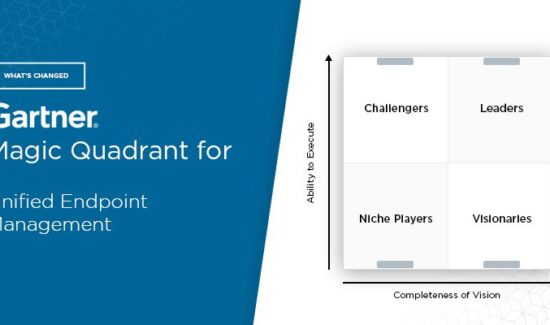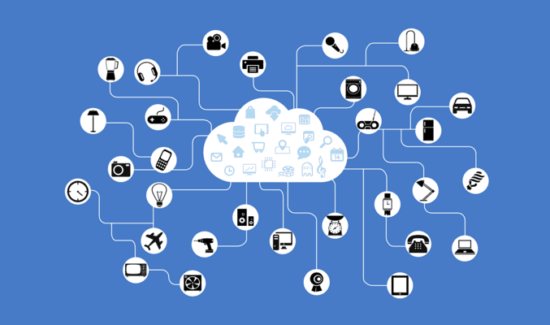Setting Up Two-Factor Authentication Within the Enterprise

 With new cyber attack stories making headlines regularly, there has never been a better time to prepare and secure your organization. Setting up two-factor authentication is a simple yet preventative measure that could save your data and ultimately, your business.
With new cyber attack stories making headlines regularly, there has never been a better time to prepare and secure your organization. Setting up two-factor authentication is a simple yet preventative measure that could save your data and ultimately, your business.
Authentication is all about verifying end-user identity. A username and password combination just isn’t strong enough to keep your data safe. A username can be easily found and a password can be easily stolen. Enter two-factor authentication.
“Along with the encryption of sensitive information, and its decryption only for authorized users, authentication is a key component of the backbone of any IT security strategy,” according to TechTarget.
Your IT team should ensure that they are utilizing two-factor authentication methods to keep your organization safe. Here are some things your IT team should be aware of:
- Make your police a flexible one
Have your IT administrators tell whoever provides your cloud-based services that they want a two-factor authentication feature to be included. Not all vendors will offer it, so ensure that your policy is flexible so it can be added.
- Do your research
You’ll want to ensure that your identity management tools support two-factor authentication solutions as well. You can start by making sure it’s a line item in your request for proposals for vendors.
- Test it out
“In many cases, SMS messages sent to a device have replaced hardware tokens, but it’s also possible to implement the functionality of the hardware token as an app on a mobile device,” TechTarget reported.
Therefore, it’s vital to have your IT team perform functional verification and detailed alpha and beta tests.
- It goes both ways
A user and the system providing access to that user should both be subject to two-factor authentication.
- Educate developers
If you have developers on your staff, ensure that they are two-factor authentication methods in mobile operating systems.
“The involvement of the mobile OS element is ultimately the critical gating item here,” according to TechTarget.
Two-factor authentication often helps prevent malware attacks, as long as it’s integrated properly.
“Sure, OSes have been known to have security flaws, and end-to-end verification of security solutions is always required, including management consoles and directory services. But it’s clear that OS vendors have gotten the memo, with production OS-based two-factor authentication capabilities in all popular OSes today,” TechTarget reported. “It’s time for end-user organizations everywhere to demand that the apps and services they use integrate these capabilities.”



















